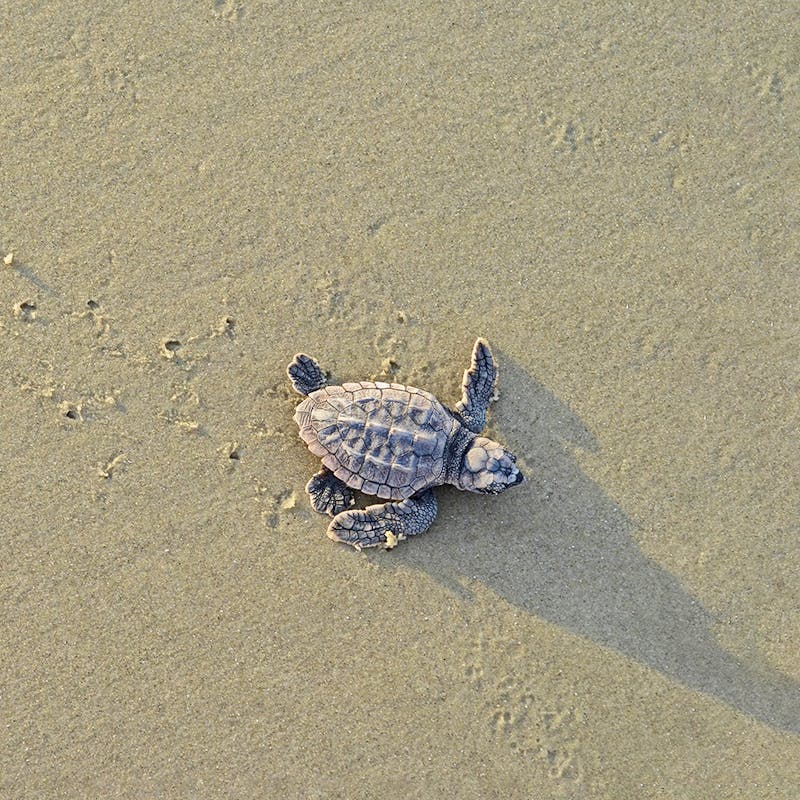Shark Fuel

Despite their outsized place in pop culture, great white sharks remain poorly understood.
Now scientists are shedding some light on how these sharks power their long-distance migrations.
Unlike bony fishes, sharks do not have gas-filled swim bladders to maintain buoyancy. Instead, they counterbalance their weight with fatty oil in their livers—organs which can account for more than a quarter of their adult weight. The more oil in a shark’s liver, the more it floats. But this shark liver oil also provides fuel for long-distance journeys, say researchers from Stanford University.
Data from satellite tags that tracked sharks on roundtrip voyages from California to Hawaii showed sharks moving nonstop, alternatively swimming and gliding up and down in the water column in a pattern known as “drift diving.” Changing drift profiles showed that the sharks became less buoyant over time, suggesting they were burning up liver oil reserves. That the sharks rarely stop to eat midjourney, means their migrations, often thousands of miles in length, are powered almost exclusively by the stockpiled oil.
This finding has strong conservationimplications because coastal feeding grounds are energy bottlenecks for sharks, says Gen Del Raye, the study’s lead researcher. They have to munch on enough seal blubber to power their transocean journeys and refuel afterwards. This means that areas with declining marine mammal populations pose an indirect threat to sharks on top of direct fishing.
The study answers just one in a long list of open questions about shark biology. But with global shark populations in decline, every piece of the puzzle guides efforts to save these mysterious denizens of the deep.
—Matthew Hardcastle
Beary Good
Berries are back in Yellowstone National Park. And that’s good news for grizzly bears that have been missing this dietary mainstay for much of the last century. Credit the wolf’s return.
Erased from the ecosystem in the early 1900s, wolves returned to revitalize an ecosystem overgrazed by too many elk. As wolves brought elk numbers back to ecologically sustainable levels, a wide variety of berry-producing shrubs recovered, and this is having a profound impact on the Yellowstone ecosystem, say scientists from Oregon State University and Washington State University.
Berries help bears put on fat before going into hibernation. The berry bushes also produce flowers that draw pollinators like butterflies, hummingbirds and bees.
“Studies like this point to the need for an ecologically effective number of wolves,” says Robert Beschta, coauthor of the new study. “As we learn more about the cascading effects they have on ecosystems, the issue may be more than having just enough individual wolves so they can survive as a species. In some situations, we may wish to consider the numbers necessary to help control overbrowsing, allow tree and shrub recovery and restore ecosystem health.”
—Heidi Ridgley
Riding the Surge
Endangered green sea turtles nested in Florida in record-breaking numbers this year. At press time in September, nesting greens at Archie Carr National Wildlife Refuge—the site in North American they most favor—had already surpassed their previous high number of 6,023 in 2011 by about 4,400—and the nesting season still had two months to go.
“When I first began working at what is now the refuge in 1982, there were fewer than 50 green turtle nests in the first three years, so it’s hard for me to express how incredible this is,” says sea turtle biologist Llew Ehrhart. “It is one of the greatest stories in the history of American wildlife.”
These numbers are still nowhere near historic levels, and the species still needs help surviving human threats from coastal development, global warming and ocean debris and pollution. “But thanks to the protections provided by the Endangered Species Act, a reduction in lighting on beaches where turtles lay eggs and many other efforts by conservation partners, the turtle has a future,” says Elizabeth Fleming, Defenders’ Florida representative.
—Heidi Ridgley



